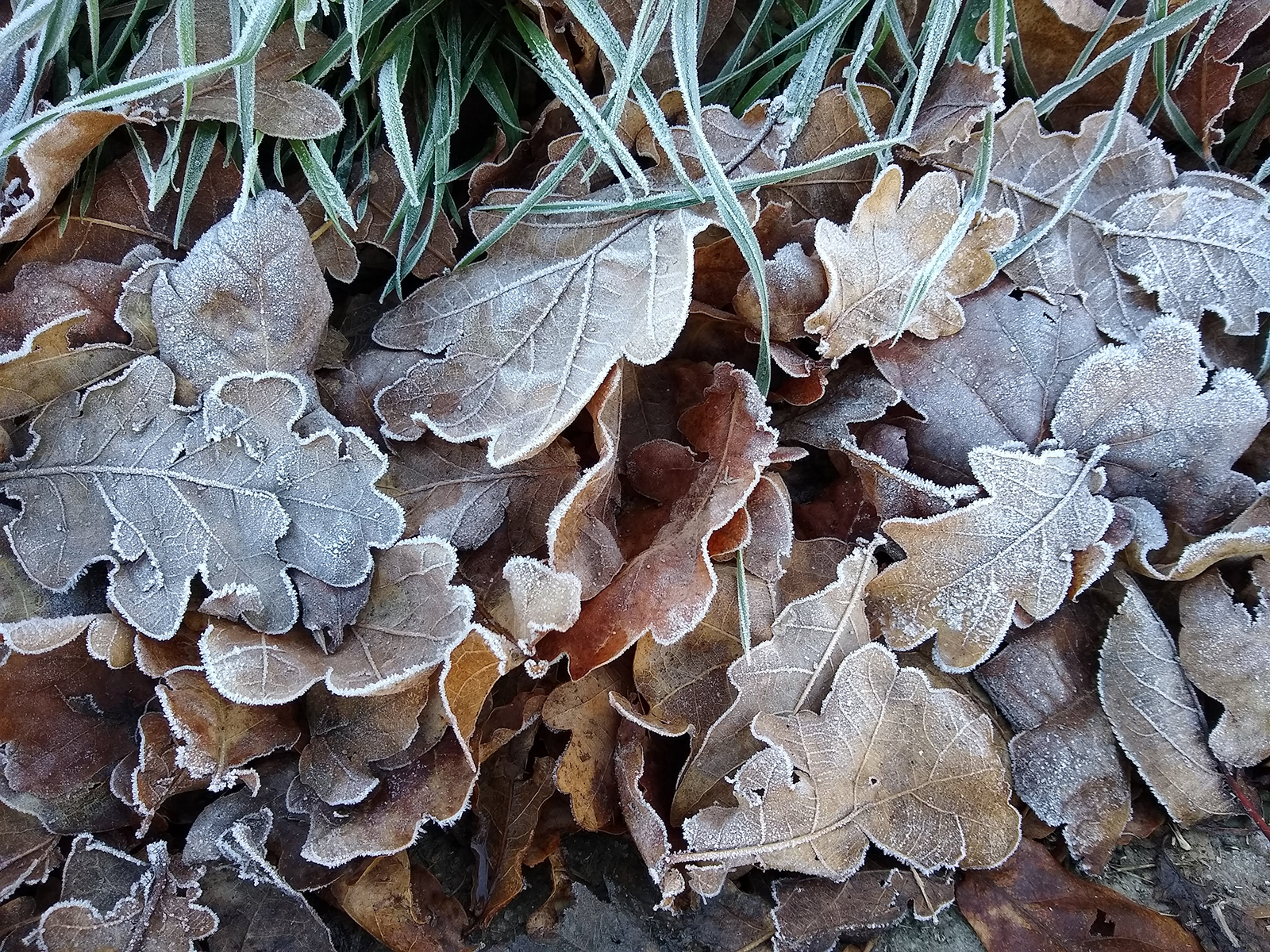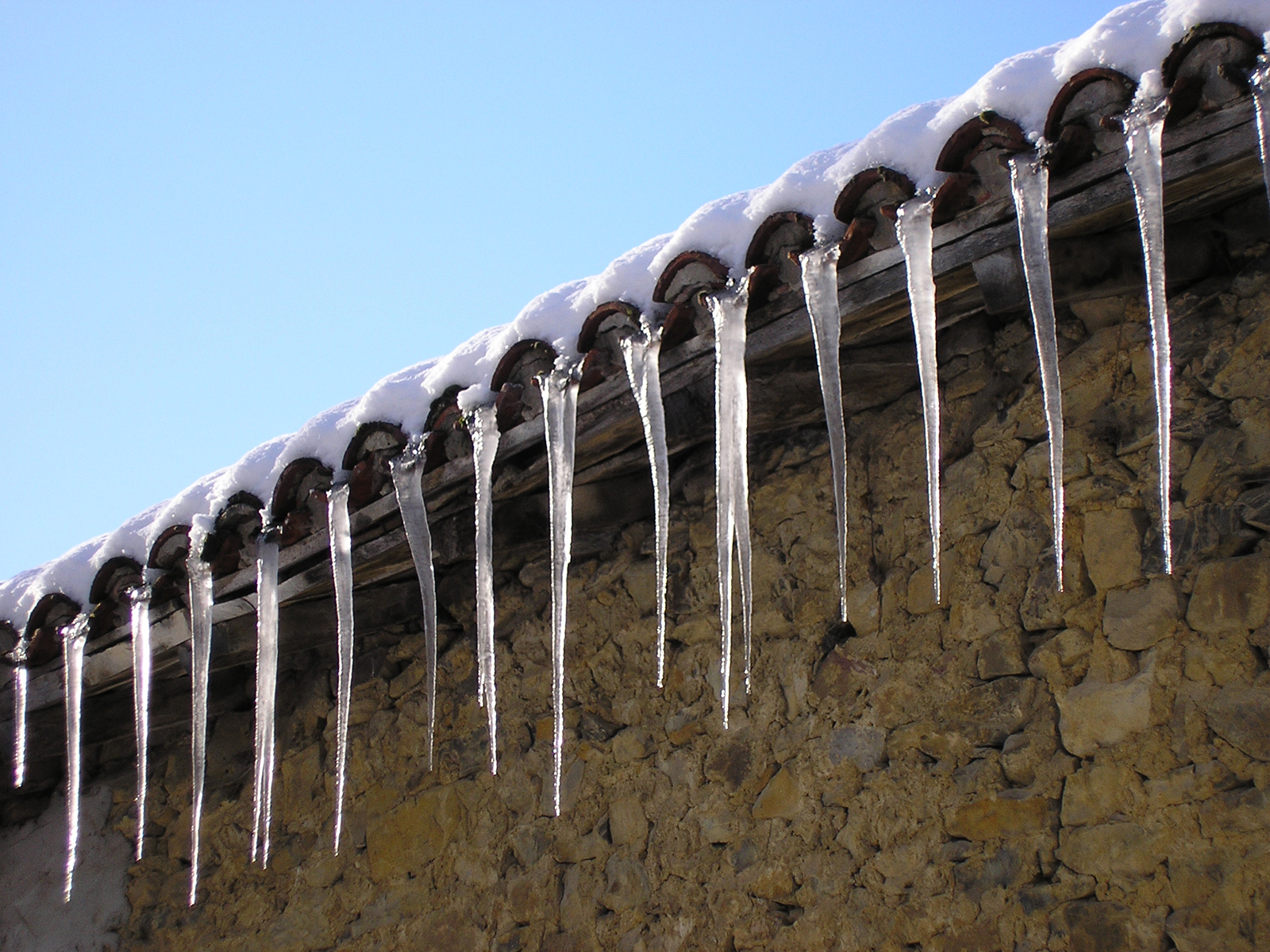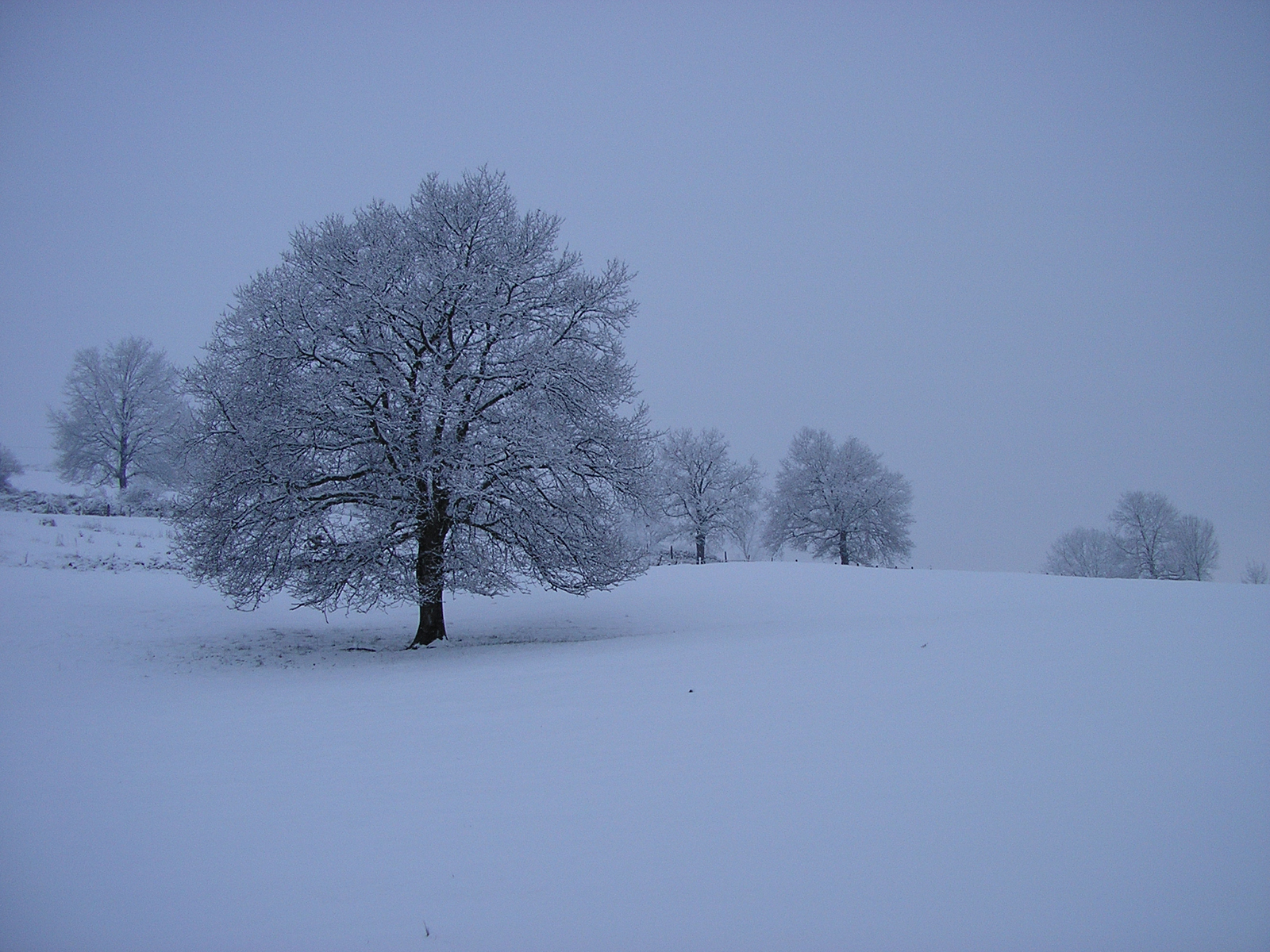Basque ethnography at a glance

Akaitze Kamiruaga. Labayru Fundazioa Photographic Archive.
Winters are much milder than in times past. Frosts were more frequent then, and it used to snow more than it does now, according to numerous ethnographic testimonies.
Except for sudden, exceptional episodes of severe weather caused by so-called polar vortices, prolonged spells of ice and snow have all but vanished for much of the territory, and snow today lies for a couple of days and melts away.
True cold weather belongs to the past, as those who have experienced it tell us. Temperatures below zero were commonplace during the winter months. Freezing nights followed snowy days, and icy snow covered everything in sight, so people in rural areas stayed mostly indoors for days on end, sometimes weeks, and if the worst came to the worst, even turnips would be lost in the fields.

Luis Manuel Peña. Labayru Fundazioa Photographic Archive.
On cloudy, overcast nights frost (leia) turned black (lei baltza), causing crops to wither. Wells, sources and water troughs froze up, and long icicles (lei-kandelak) hung from the eaves of the roofs.
Snow and snowflakes were given different names: soft hail (edur-txotorra), light flakes that float gently to the ground (edur-metxak), feathery flakes (edur-lumak), thicker flakes (edur-matazak), small and dry hail (edur-txingorra), sleet (edur-euria)… Those expressions are gradually falling into disuse, because there is no need to name something that no longer happens.
Ground frost and snowfall were believed to be beneficial, for they loosen and crumble tilled soil, while proving effective against weeds, insect pests and plant diseases. As the saying goes, a snow year is a rich year (edur-urte, gari-urte).

Luis Manuel Peña. Labayru Fundazioa Photographic Archive.
Winters were colder and felt colder too. Wood-burning fireplaces and stoves were primary sources of warmth, and in livestock farms, the heat from the animals helped keep the main dwellings on the upper level comfortably cosy. Chilblains were pretty common on hands, feet, nose or ears exposed to the outside cold.
It was vital to wrap up warmly and make sure feet remained dry. Traditional footwear (abarkak) was worn with thick woollen socks (txapinak) and blankets (abarka-mantarrak) on top covering the calves. We have also learned about leather wintry boots (bortzegiak) so sturdy they would get you through anything.
Be that as it may, evidence shows rising average winter temperatures, along with a sharp decline of moderate frosts and snow days. Even migrating birds that used to visit us on their way to southern wintering grounds, such as lapwings (hegaberak), ducks, geese (antzarrak), and other species, stay further up north as a result of climate change.
Jaione Bilbao – Ethnography Department – Labayru Fundazioa
Data and terminology gathered in various locations in Bizkaia.

